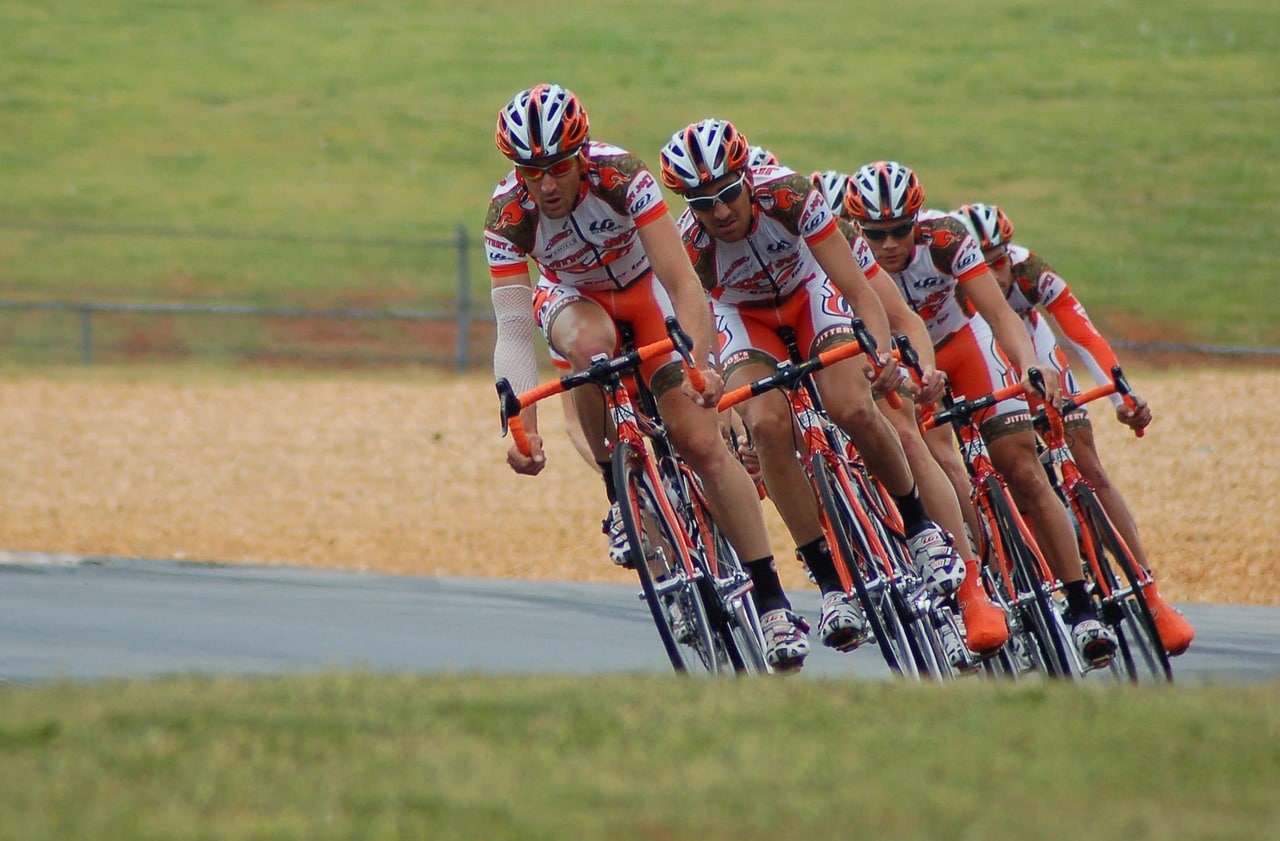Sports, over the years, have been used as a social tool to bring people together, foster relations, and promote healthy competition among people. Team sports, in particular, present a unique setting that allows individuals to work towards a common goal, enhancing their performance and fostering cohesion among the members. However, the dynamics of these sports changes significantly when we introduce mixed-gender teams. This article aims to explore the changes in team dynamics when sports teams become gender-mixed.
The Impact on Team Performance
In a sports team, performance is paramount. Every team player’s effort contributes to the overall performance of the team. Therefore, it’s crucial to examine how introducing mixed-gender teams can affect performance.
A découvrir également : What strategies are used to increase female participation and leadership in traditionally male-dominated sports?
Studies have shown that mixed-gender teams can significantly improve team performance. According to a study on mixed-gender teams by Google’s Project Aristotle, teams with both men and women tend to outperform gender-homogeneous teams. This is mainly because of the diversity in skills, perspectives, and problem-solving approaches that mixed-gender teams bring.
Furthermore, gender-mixed teams offer a more balanced team, with women providing emotional intelligence and social awareness, while men provide assertiveness and competition. These complementing attributes enhance the overall performance of the team, creating a balanced and efficient team.
En parallèle : What innovative materials are shaping the future of sports apparel for enhanced performance?
Influence on Team Cohesion
Team cohesion is another vital aspect of team sports. It refers to the bond that holds a team together, fostering unity and harmony among team players. Cohesion is often linked to improved team performance and satisfaction among team members.
Introducing mixed-gender teams to sports often has a significant effect on team cohesion. Mixed-gender teams have been found to have more cohesion compared to same-gender teams. This can be attributed to the different social skills that each gender brings to the table. Women, for instance, are known for their excellent communication and interpersonal skills, which are essential in fostering cohesion.
However, it’s worth noting that the cohesion in mixed-gender teams requires active management. Leaders must ensure that there are no gender biases within the team and that all team members have an equal opportunity to express their views and contribute to the team’s goals.
The Role of Team Leaders
Team leaders play a crucial role in influencing the dynamics of a sports team. They are responsible for guiding the team, making strategic decisions, and managing conflicts among team members.
In mixed-gender teams, the role of the team leader becomes even more critical. They need to navigate the complex dynamics that come with gender diversity and ensure that these differences are harnessed for the benefit of the team. Leaders must also address any gender-based stereotypes or biases that might exist within the team.
Moreover, mixed-gender teams provide an opportunity for both men and women to assume leadership roles. This not only promotes gender equality in sports but also provides a platform for different leadership styles, thus creating a more inclusive and diversified team.
Gender Bias and Stereotypes in Mixed-Gender Teams
Despite the numerous benefits that mixed-gender teams bring to sports, they also come with their fair share of challenges. One of the main challenges is dealing with gender biases and stereotypes. These can significantly affect the dynamics and performance of a team.
Stereotypes such as women being less competitive or less skilled in sports compared to men can create an unhealthy team environment. It can lead to unequal opportunities and treatment of team members, which undermines team cohesion and performance.
To address these challenges, it’s essential to create an environment where all team members are treated equally, regardless of their gender. This includes giving equal opportunities to both men and women during training and competition, and recognizing and acknowledging the contribution of each team member to the team’s success.
The Influence of Mixed-Gender Teams on Social Dynamics
Lastly, introducing mixed-gender teams can significantly influence the social dynamics of a sports team. It provides an opportunity for both genders to interact and learn from each other, thereby promoting mutual respect and understanding.
Mixed-gender teams also provide a platform for challenging traditional gender roles and stereotypes. They help to promote gender equality in sports, which has been a longstanding issue in the sports industry.
Furthermore, these teams can foster positive relationships among team members, which not only improves team performance but also enhances the social experience of the athletes. It allows them to develop essential social skills such as communication, respect, and teamwork, which are valuable in both sports and life.
Addressing Barriers to Gender Equity in Mixed-Gender Teams
Addressing barriers to gender equity is a critical aspect of managing mixed-gender teams in sports. Gender biases, stereotypes, and inequities can potentially disrupt team cohesion and performance as was discussed in previous sections.
According to various studies available on Google Scholar, one of the key challenges faced by mixed-gender teams in sports is gender-based discrimination or bias. This can manifest in various forms, such as unequal access to resources, biased decision-making, or discriminatory behavior towards team members based on their gender.
For instance, a common stereotype in sports is the perception that men are naturally more competitive and physically superior to women. This stereotype, despite being largely unfounded, can negatively impact the performance of mixed-gender teams. It can lead to women being denied opportunities in training and competition, or being undermined in their roles within the team.
Moreover, biases can also impact how team members interact with each other. For instance, men may dominate conversations or decision-making processes, leaving women feeling undervalued or ignored. This can create tension within the team, undermining team cohesion and performance.
To effectively manage these challenges, it’s important for team leaders to foster an environment of respect and equality. They must ensure that all team members, regardless of their gender, are given equal opportunities and are treated fairly. They also need to actively challenge and address any gender-based stereotypes or biases within the team.
Training programs can also be implemented to help team members understand the importance of gender equity and how to navigate gender dynamics in a sports team. Regular team-building activities can also help foster better relationships among team members, helping to break down barriers and foster greater understanding.
Conclusion
In conclusion, implementing mixed-gender teams in sports can bring a plethora of benefits. It not only enhances team performance and cohesion but also fosters a more inclusive and diversified team. Mixed-gender teams provide an opportunity for both genders to learn from each other, promoting mutual respect and understanding.
However, these benefits can only be realized if the challenges associated with mixed-gender teams, such as gender biases and stereotypes, are effectively managed. This requires active management from team leaders and a commitment to promoting gender equity within the team.
Indeed, the introduction of mixed-gender teams in sports is a step forward in promoting gender equality. It challenges traditional gender roles and stereotypes, providing a platform for both men and women to showcase their skills and contribute to the success of the team. As such, mixed-gender teams can be seen as a catalyst for change, pushing the boundaries for what is considered normal in sports and paving the way for a more inclusive and equitable sports environment.






